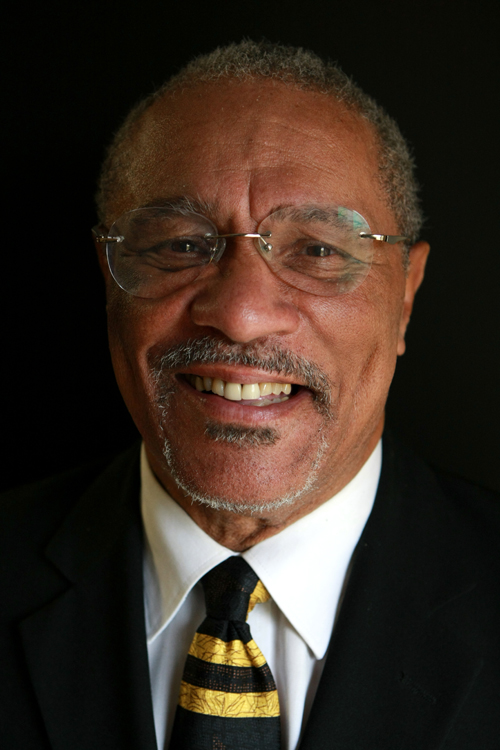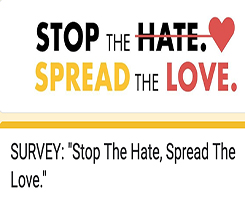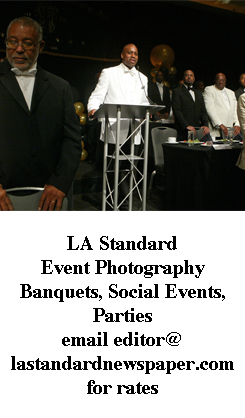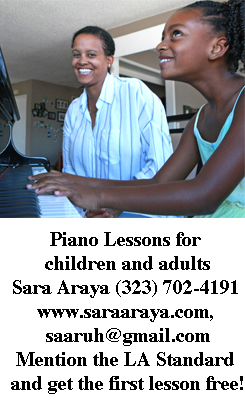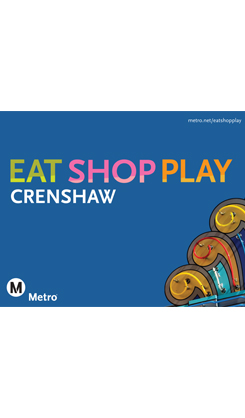By Jason Lewis
The lesson at the end of the meeting was on negative space. I wanted to keep it simple for the first meeting, so I chose a composition rule that can be applied to both photography and video, and photos and video for this can be done with any type of camera, including a cell phone cameras. Below are some youtube videos on negative space for photography. I found these simply by doing a youtube search on “negative space photography.”
Here is a link to a number of negative space photographs.
I spoke about different ways to use negative space. Using a plain background that leads a person’s eyes directly to the subject; using a wide open aperture (low aperture number) to blur out the background, bringing all of the attention to the subject; and using the negative space to help tell the story of the subject. Below are some examples. ***Note, most of the examples that I used have people as the subject, mostly because I like photographs of people. But the subject can be an object, landscape, building, animal, or pretty much anything.
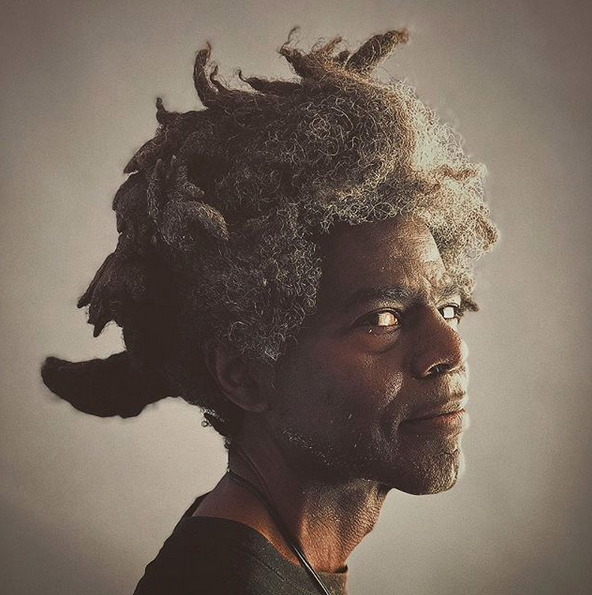
This is a Justin Jackson (https://www.instagram.com/j3collection/) photo. I'm assuming that he took this photo in his Leimert Park studio using a backdrop. Because the backdrop is plain, we're drawn solely to the subject of the photo.
I took this photo of Dr. Charles Loeb, who was at the camera club meeting, in the same room that the meeting was held in. He stood by the sliding doors and I had another person hold up a black board. This photo was taken near sunset, so we were still able to use natural light. The black negative space contrasts his skin tone and white shirt, making him pop out on the photo.
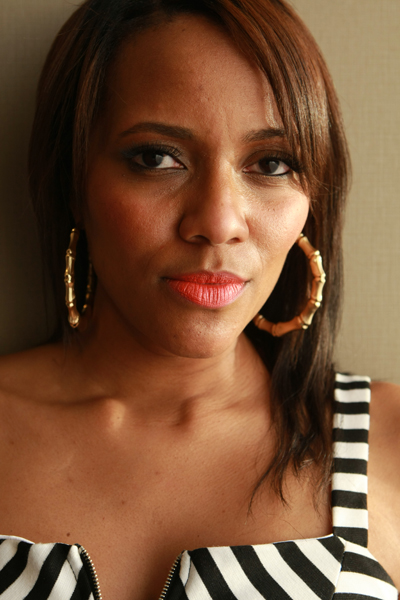
A hallway wall with plain wallpaper was used in this photo.
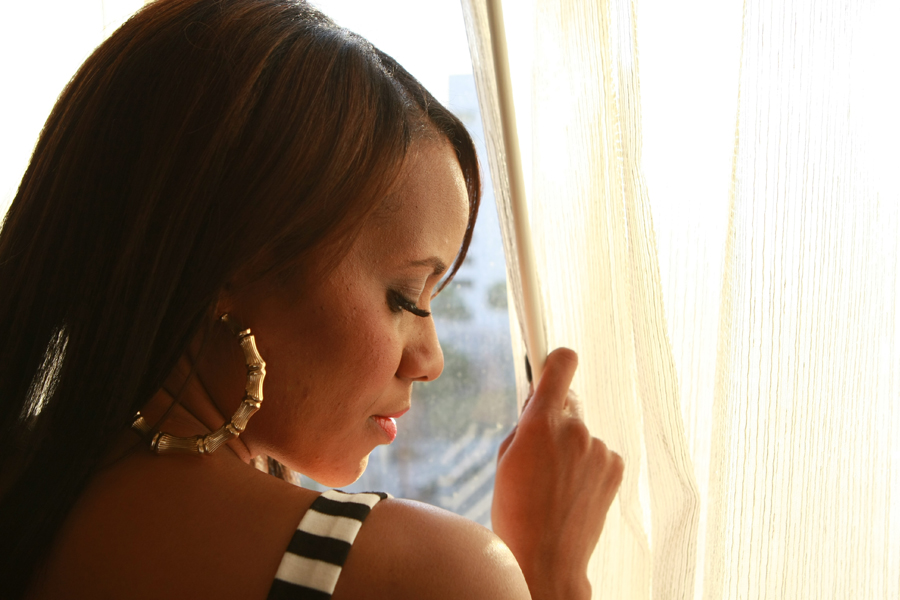
Curtains were used as negative space. While there is a glimpse of buildings outside, it is not distracting in the photo.
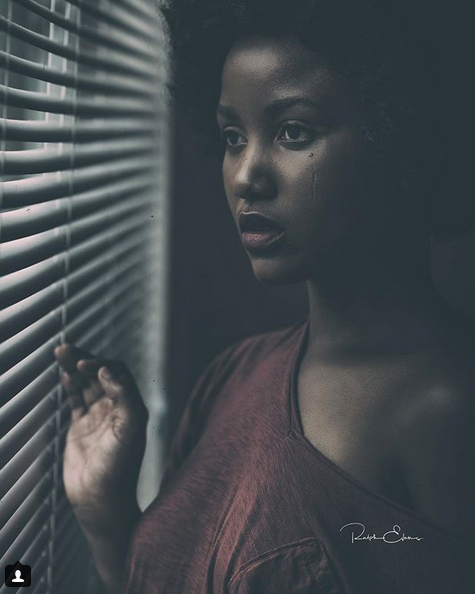
This photo uses a dark wall and closed window blinds for negative space. We are focused on the subject.
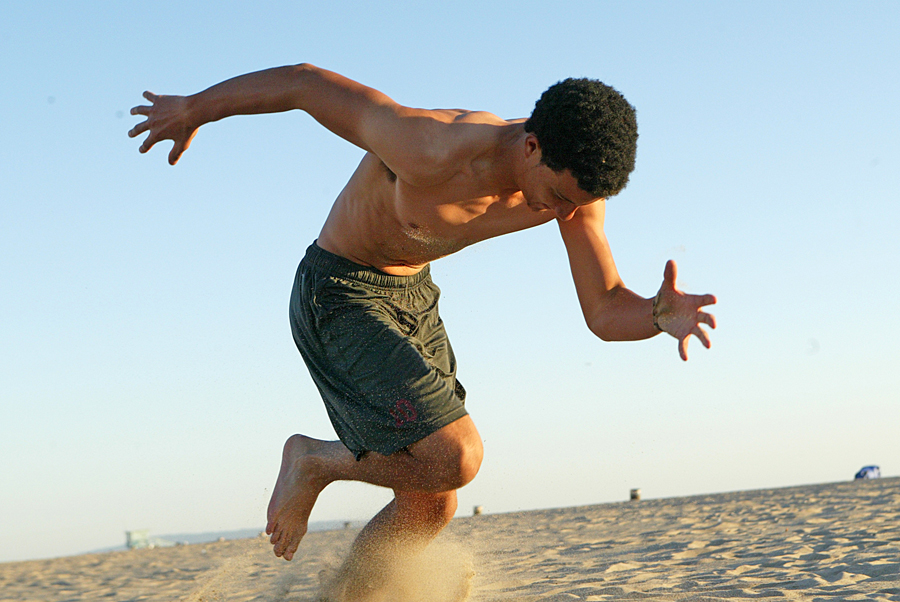
The sky is a great backdrop to use for negative space. At the beach, the sand can also be used as negative space. In this photo, which I took, the sky meets the sand to form one large backdrop.
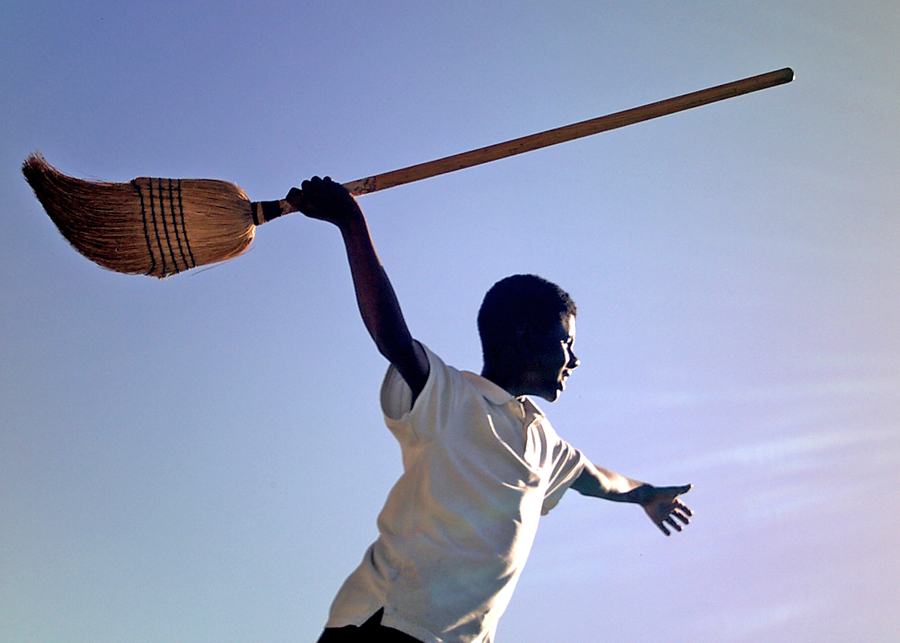
This photo is of a student at Audubon Middle School, taken by another student in an after school photography class that I taught. The lesson was negative space, and in the lecture I told the children that the sky was a great use of negative space. This photo was taken with a pocket camera that had three buttons on it and cost less than $50. This camera did not have any settings.
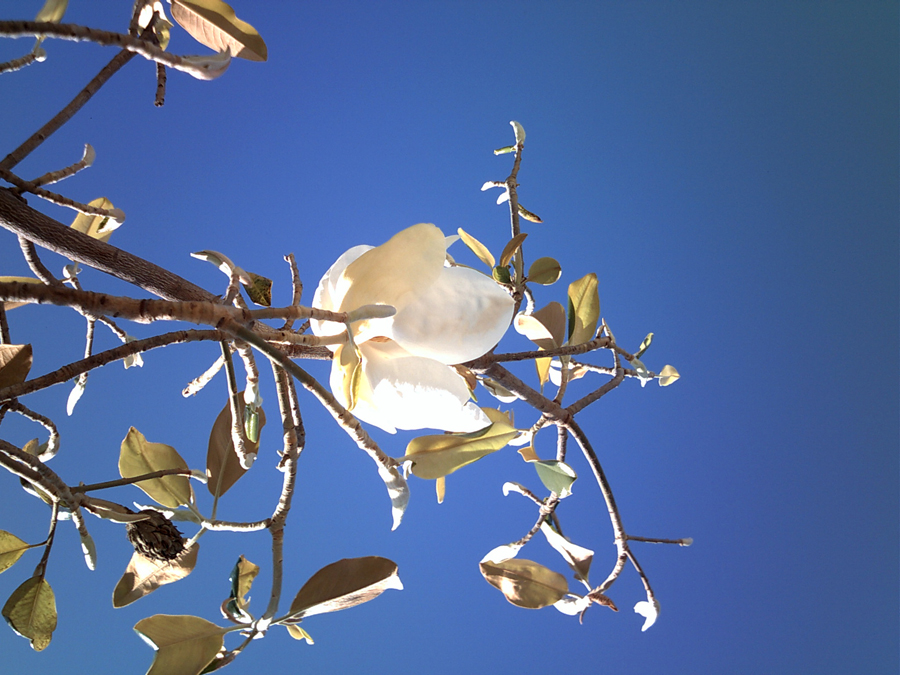
Another student at Audubon took this photo in the same lesson using the same cheap camera.
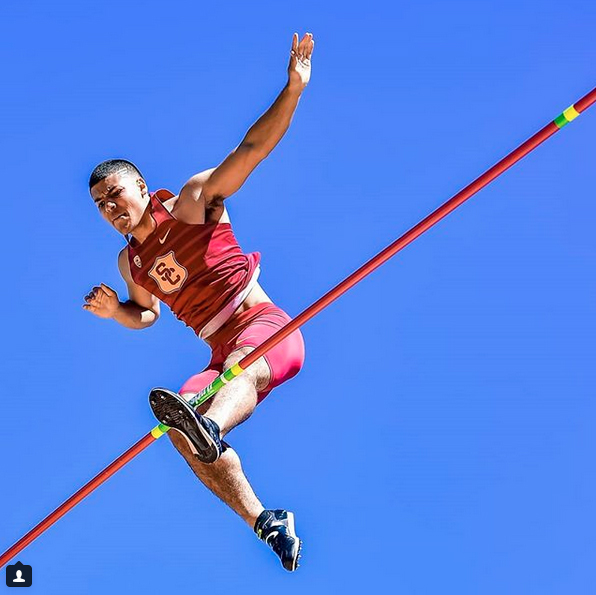
Jevone Moore (https://www.instagram.com/fullimage360/) captured this photo at a track meet.
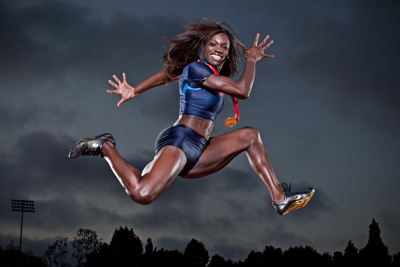
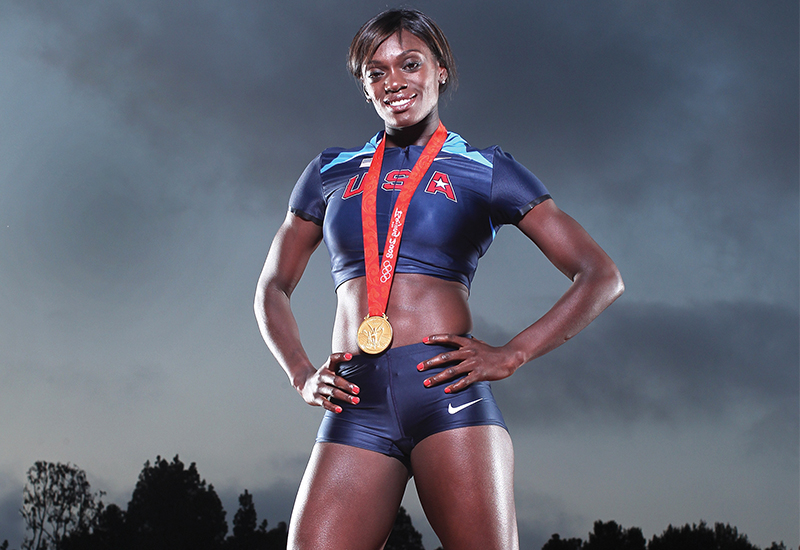
Jeff Lewis (https://www.instagram.com/jjlewis06/) captured the last two images of Olympian Dawn Harper.
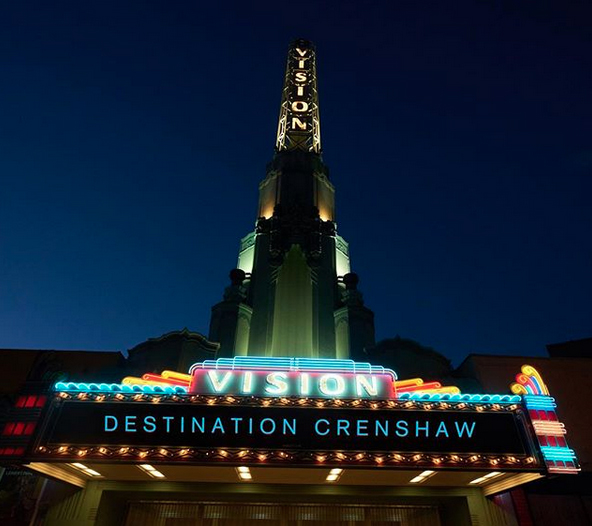
Leroy Hamilton (https://www.instagram.com/photoham/) used the sky to frame the Vision Theater in Leimert Park.
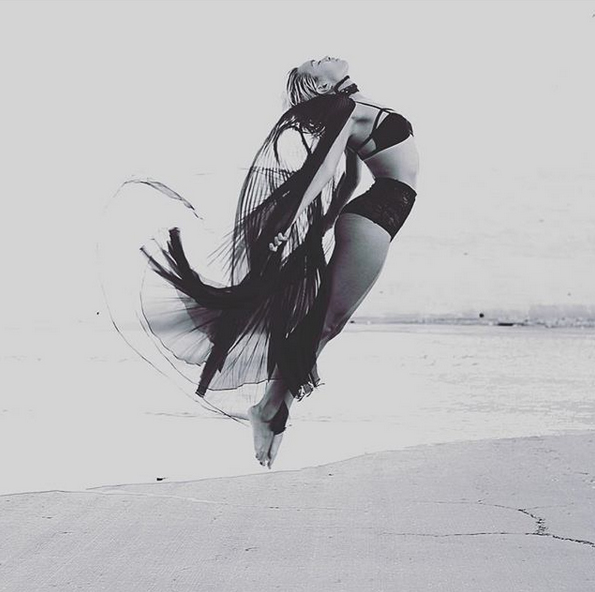
In this Justin Jackson photo, the sky and water merge seamless into each other and connect with the sand to create the backdrop.

The sky and water meet at the horizon to create one backdrop.
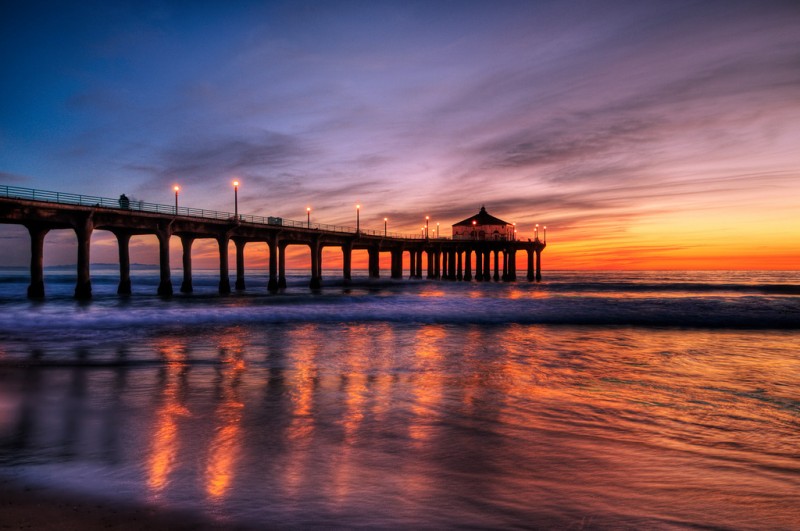
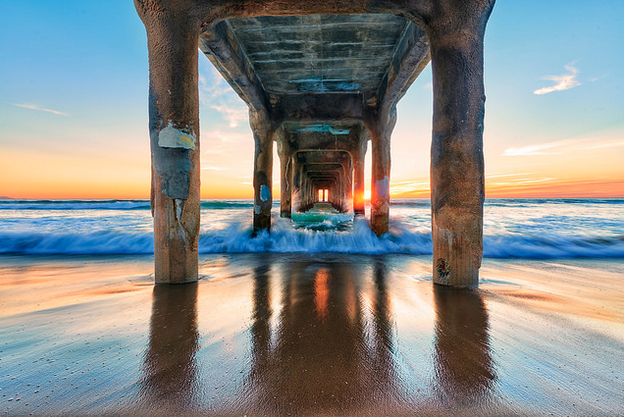
Pier shots use the sky, water, and sand as a backdrop to lead a person's eye to the subject.
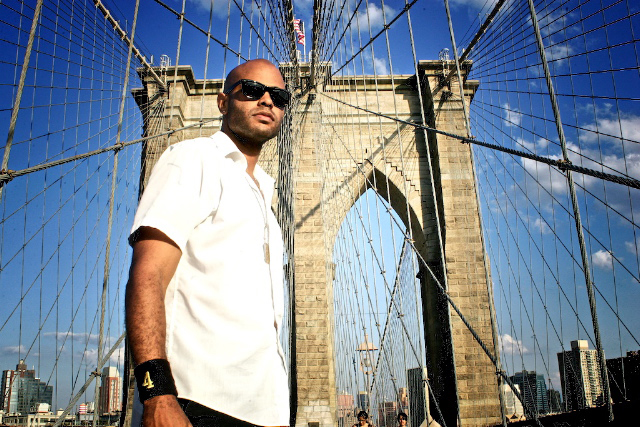
This is a self portrait where the structure of the Brooklyn Bridge and the cables are framed by the sky, which really cause them to pop out. (Jeff Lewis has some amazing shots of the Golden Gate Bridge that use negative space extremely well. Scroll through the photo section of his Facebook page to find them.)

The sky meets the road, with a person at the top in silhouette.
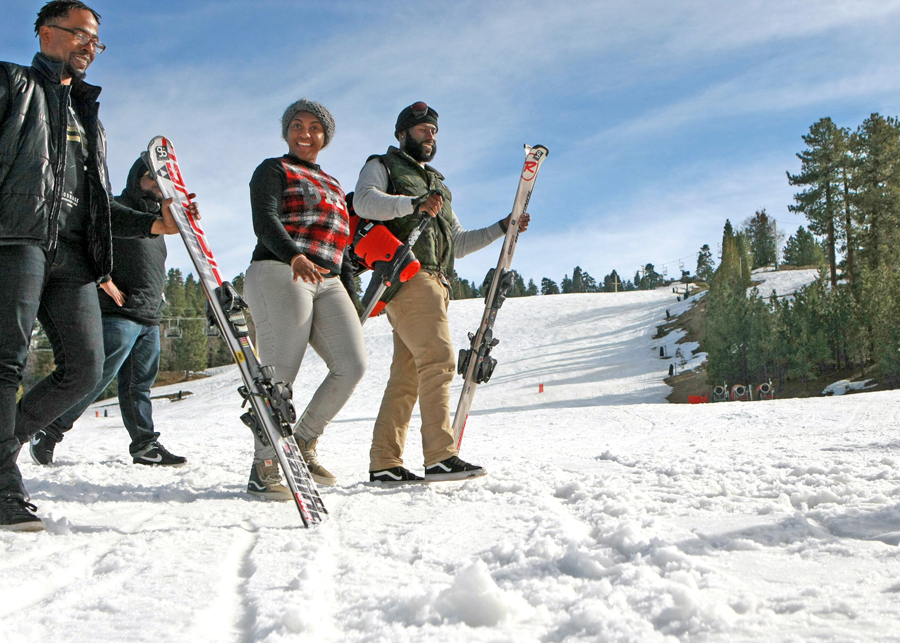
The snow meets a tree line, which leads right to the sky to create a backdrop. Also, the elements in the negative space help tell the story that this is a ski trip, which the article that I wrote was about.
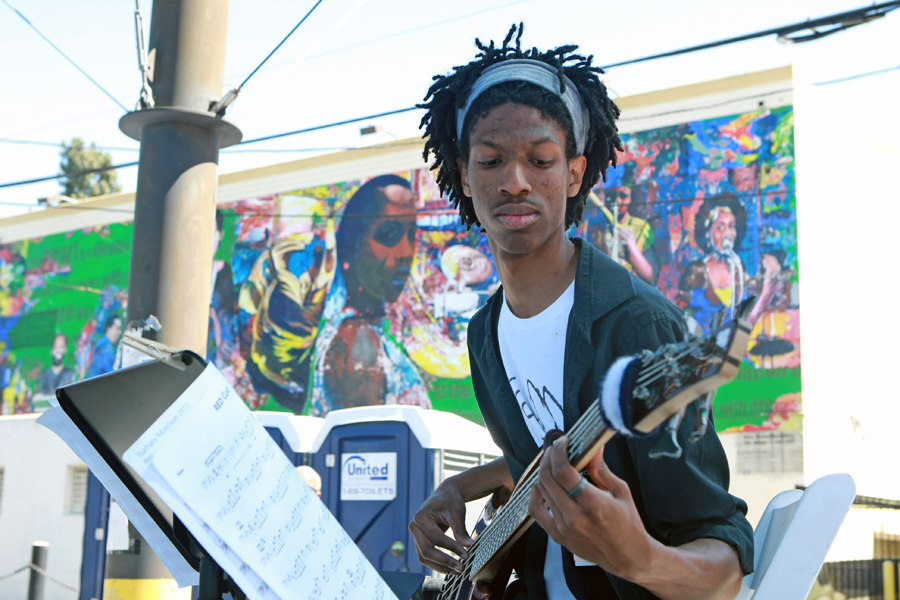
When I take photos for articles, I often look for ways for the negative space to help tell the story. In this photo, I was working on an article about music in Leimert Park. The Pullum youth jazz band was performing, and I saw this mural right behind this kid. Many people recognize this mural as being in Leimert Park, so it helps place this event there. Also, the mural says "Black art" which jazz is a form of, so it complements the subject of the photo.
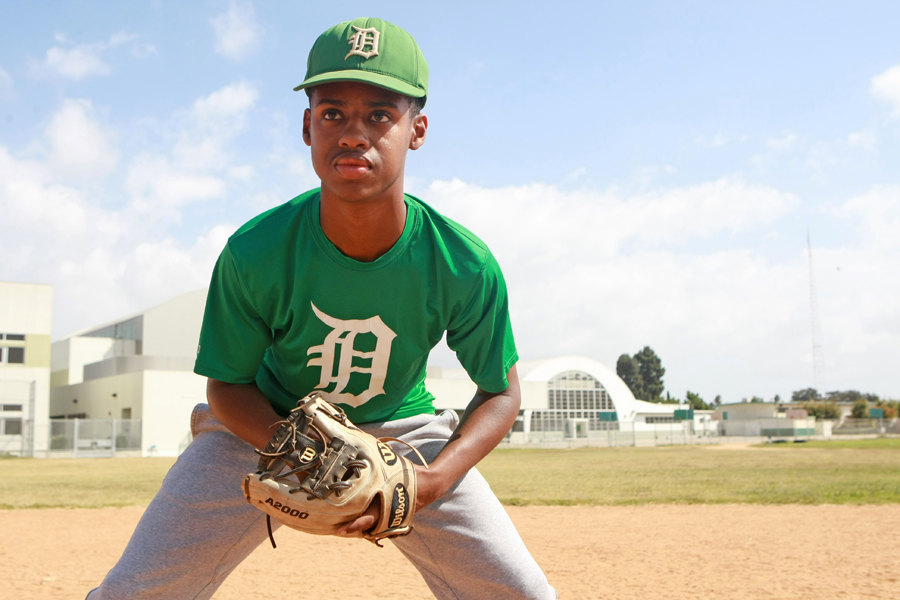
In this photo I used the sky, grass, and dirt as the backdrop, but I wanted to include Dorsey High School's gym in the photo. Anybody who knows Dorsey knows that building, so it stamps this photo as being on campus.
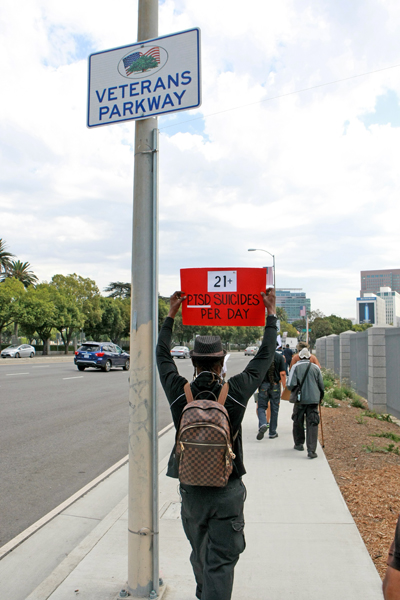
I was covering a protest by Black veterans. They marched from the VA Hospital to the federal building in Westwood. When I saw the sign on the light post, I stopped and waited for a veteran to pass by.
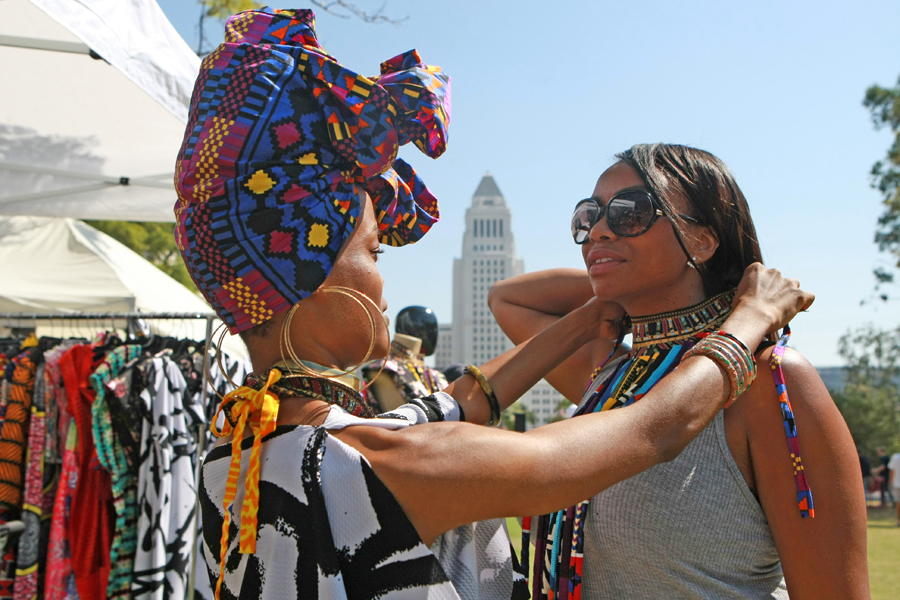
This event was Headwraps in the Park, held at Grand Park in downtown. I wanted to get City Hall in the shot to show that the event was in downtown.

I wanted to get senator Kamala Harris in front of the bleachers and Crenshaw mall so that it would be clear this this was taken at the Kingdom Day Parade. Before I got to the parade, I knew that this was the shot that I wanted.

I did an article on this construction worker. After the interview, I told him that I wanted to get a shot of him in his working environment, instead of getting a point and shoot photo of him smiling at the camera. The vehicle behind him gives the viewer an idea of what he does.
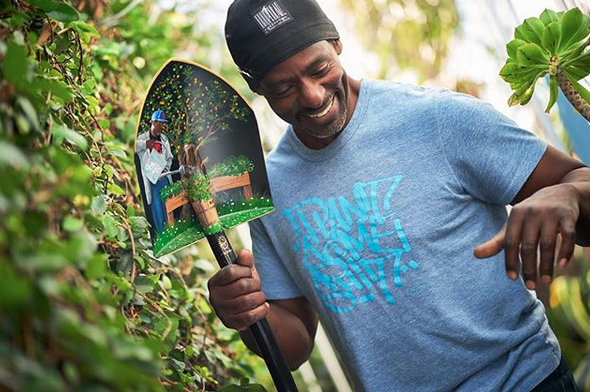
Leroy Hamilton used a similar concept with this photo. This man has received a lot of media attention for his garden, so Leroy took a photo of him in his element.
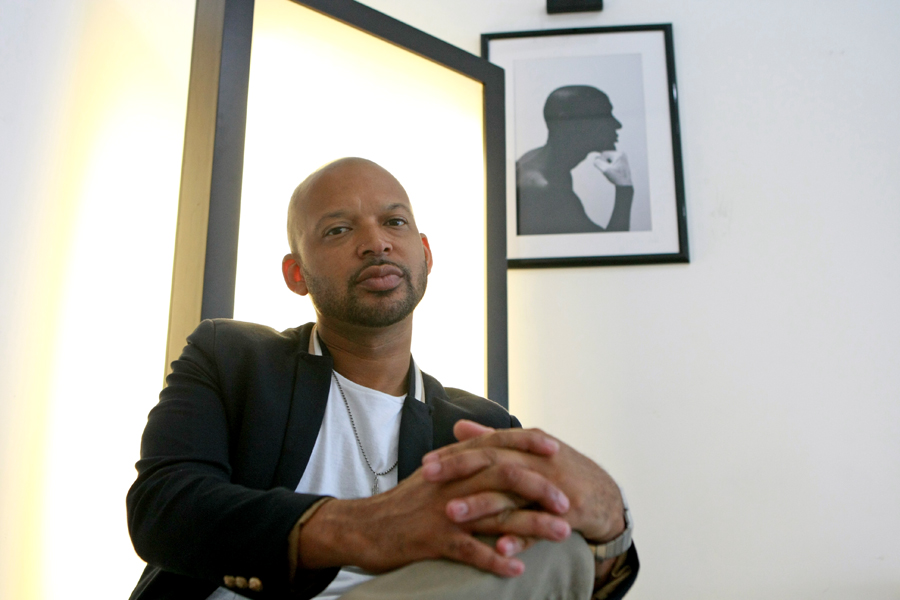
When I interviewed Justin Jackson, the photo above him, which he took, seemed to embody his journey though photography, so I included it in the photo of him that ran with the article.
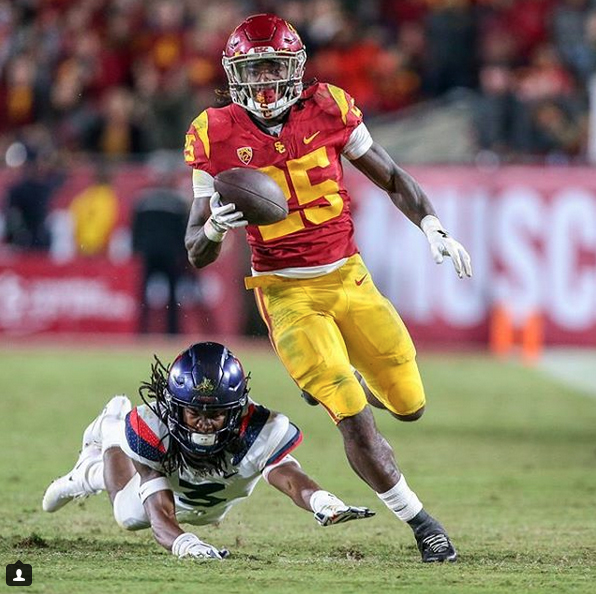
Jevone Moore used a large aperture (small number) to blur out the background, making the two players the focal point of the image.
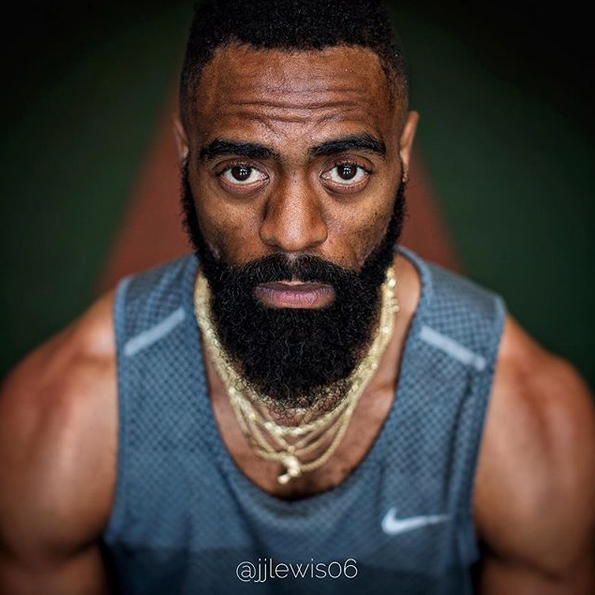
Jeff Lewis also used a large aperture to blur out everything except this man's face, which is the focal part of the photo.
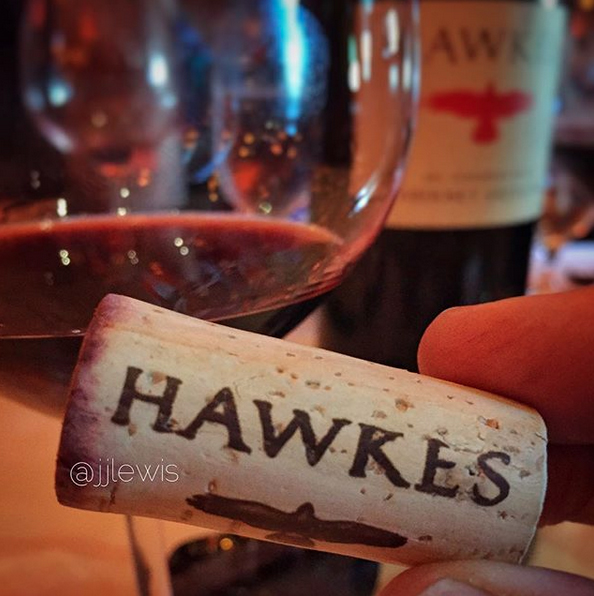
I'm assuming that Jeff Lewis took this photo with his iPhone. The cork is the subject, and he used a glass of wine and the wine bottle to help tell the story.

I'm assuming that Jeff Lewis also used his iPhone for this photo too. The photo is of his meal, and the backdrop makes it look like he's at some far off majestic location.
This photo, which is mine, I have an issue with because I made one mistake.
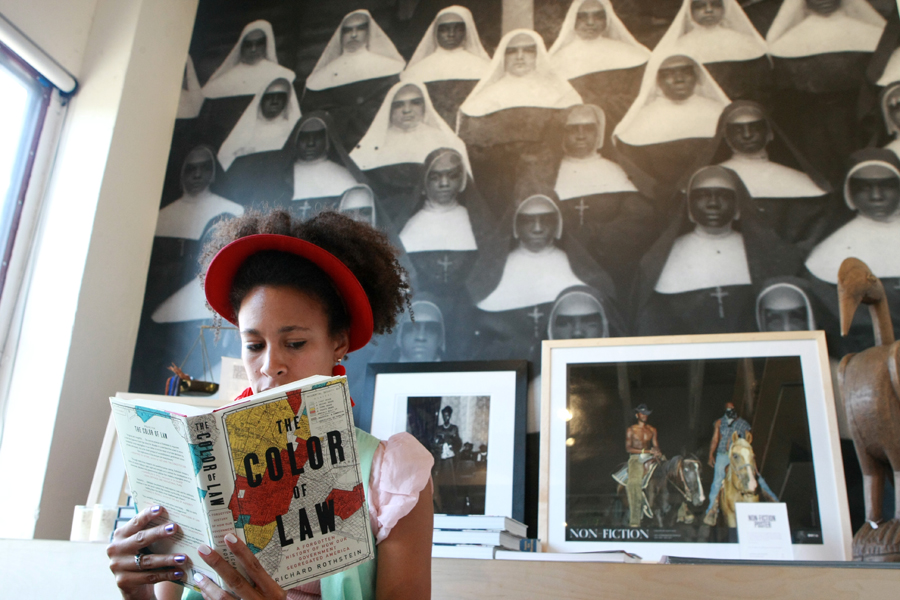
The composition of this photo was a great idea and well executed, except for one thing. The photo of the shirtless guy on the horse is very distracting. I should have removed that photo and this picture would have been so much better. I got the idea to take this photo while doing an interview at the Underground Museum. I saw the large photo of the Black nuns and knew that I wanted it in the photo. This is in the museum's bookstore, so I wanted a photo of somebody reading a book. When I saw The Color of Law, it was the perfect book. Everything was set up perfect, but I didn't notice the picture of the guys on the horse. Every time I look at this photo I see that guy. It really kills my negative space.
As for video, Leroy Hamilton's video of the meeting uses negative space very well. In the interview with Jeff Lewis, Leroy frames him against a plain background. With crowd shots, he focuses on one person in the crowd while blurring out everybody else. In scenes where Jeff is talking, Leroy has people in the audience in the foreground, but they are blurred out so that the viewer of the image focuses on Jeff.
Below is a youtube video on negative space in film.
To join the camera club, email This email address is being protected from spambots. You need JavaScript enabled to view it.


